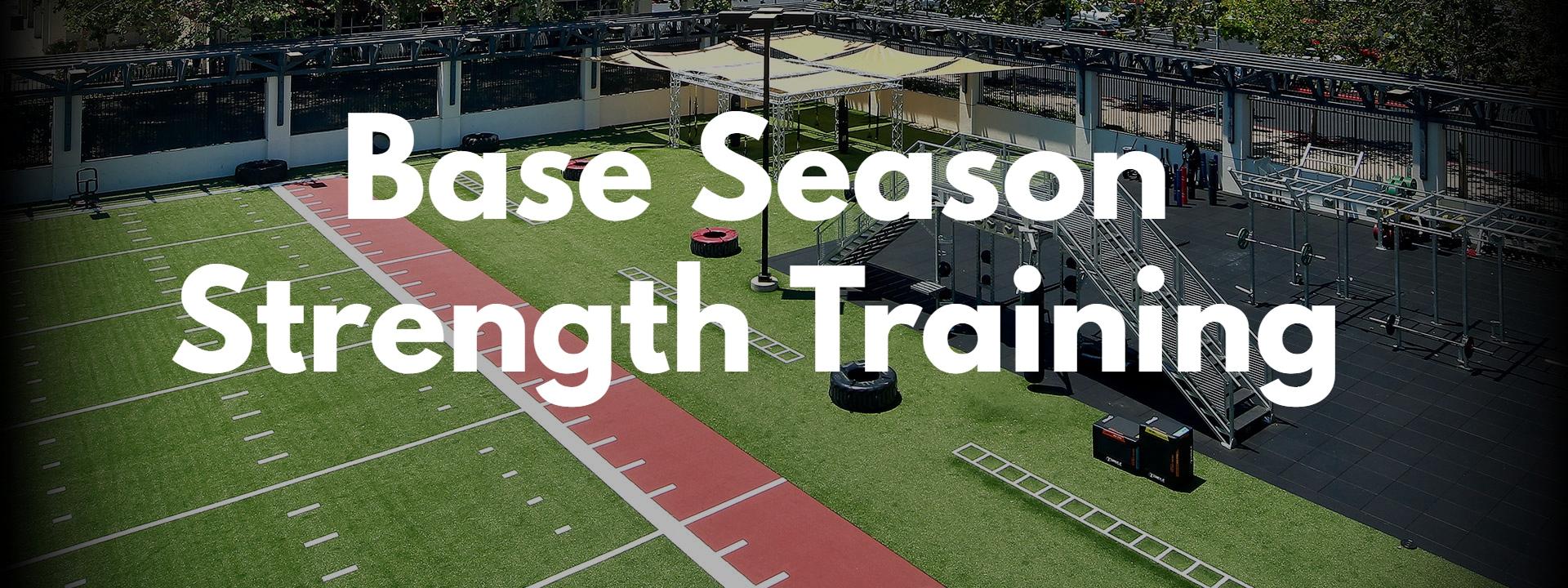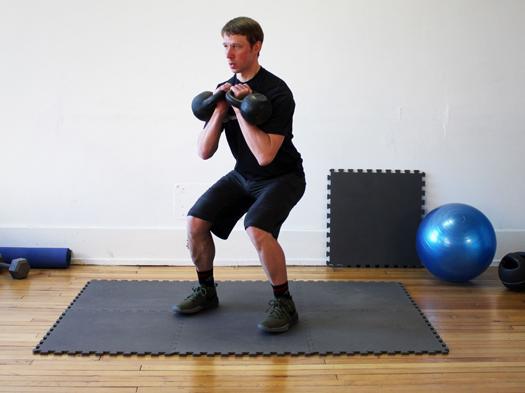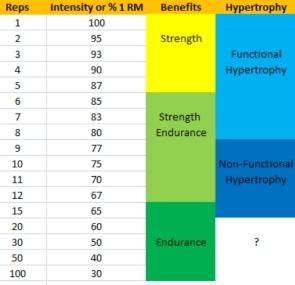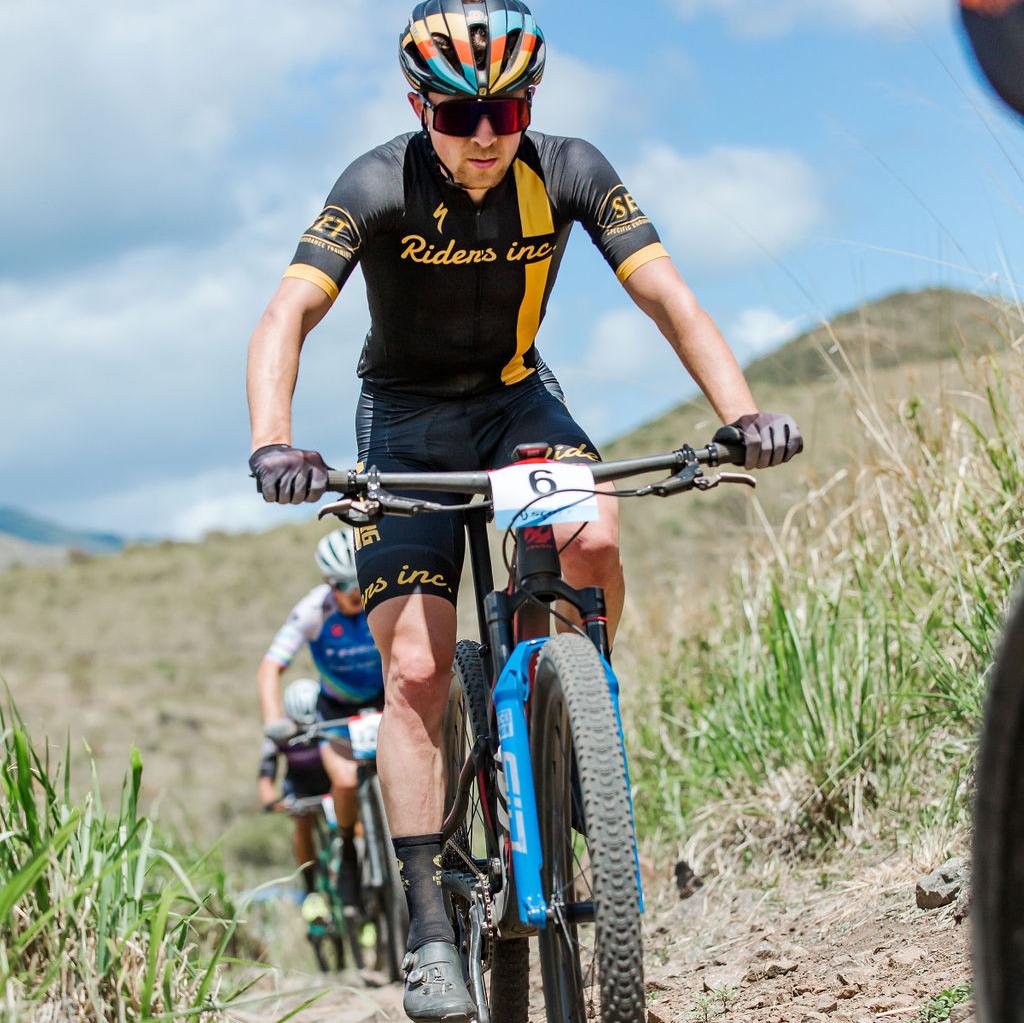
Base Season Strength Training Tips
Strength
As colors change, temps drop, and many of us transition into the infamous “base season", it’s easy to feel a bit lost. Fellow athletes, friends, and foes on STRAVA are rolling out the miles and boasting huge days in the saddle while social media pours out content of people grinding loads of miles out. Post-season anxiety can build when you feel like you're going back to the drawing board or losing fitness gains from the year, but let’s clear that up: you are NOT. I’m even subject to this myself and find the worry creeping in…however diligence, balance, and having a curated approach to training can do wonders for you.
Long, monotonous days on the bike certainly have their place, but there are a few key aspects of training and everything else off-the-bike that are crucial in preparing for the coming season. The first piece of that puzzle? REST. Then, as we make the shift this winter, don't neglect how a basic strength training routine can impact your experience. Let’s explore that.
Strength Training
The benefits of strength training are growing more and more apparent. Whether it be 90-minute World Cup races or all day gravel expeditions, athletes are steering away from body-typing and the science is reaching the public. We are seeing a push towards time in the gym. Aerobically, everyone can "get fit" fast. However, strength training can dramatically improve overall raw power, repeatability, injury prevention, and (wait for it) even aerobic fitness! Strength training is actually quite variable in and of itself and is also super time efficient. Going into the gym and lifting heavy is actually great, but it’s something that has to be built up to. A lot can be done in your home with simple, basic moves while challenging your body with dynamic and varying exercises, building core strength, and touching up on your upper body. This full body experience is what enables your body to work properly. Supplementing some dynamic work like this does loads for activating important muscles throughout your body AND improving imbalances. However, lifting heavy things is where the magic happens for us non-weight-bearing endurance athletes. Guess what? This becomes especially important with aging.
My Go-To
Some key aspects of my strength routine are to include those that are targeting stabilization muscles and/or isolating a body part to prime my body + core work, like including a balance pad and doing single leg activities (these are usually a variation of Split Squats, Pistols, Single Leg Deadlift, or others). Then, I dial in those traditional workouts like front and/or regular squats and deadlifts mostly. I usually make circuits that include an upper, lower, and core exercise to get solid rest between. Tossing in core exercises in between sets is super easy to do and helps add that little bit of attention to the full core. As far as upper body, it is often neglected by cyclists because they feel they “don’t need the weight." But mountain bike and gravel racing and does place demands on your upper body. And if you can’t answer to that demand, then your riding may become sloppy. This can ruin your recovery throughout the race, leave you trailside picking yourself up, or wasting energy just to make up lost time.
CONTACT ME PLEASE if you would like a bit more info or want to get an idea of a good routine to follow – I'd be happy to help!
*For a bit more on strength in the gym and the science behind it, I highly suggest this podcast by Mark Sisson and Jacques Devore.
>>>player.fm/series/primal-endurance-podcast/126-jacques-devore
About the author
Carson Beckett is a professional cyclist and certified coach who holds a degree in Exercise Science from Brevard College. With the scientific background to match his competitive experience, Carson maintains a focus on the holistic and dynamic aspects of both training and racing. You can contact Carson at www.carsonjbeckett.com







